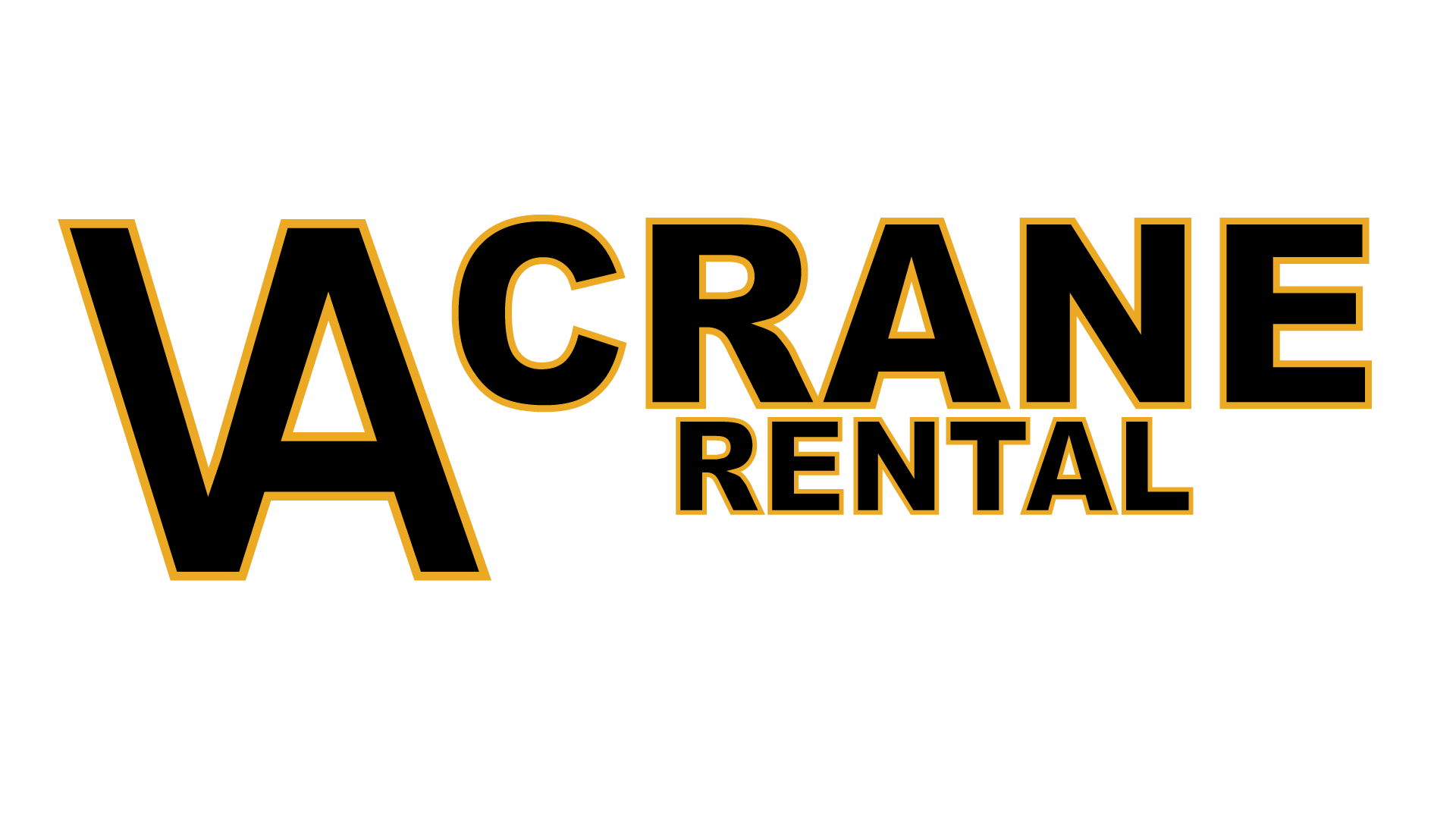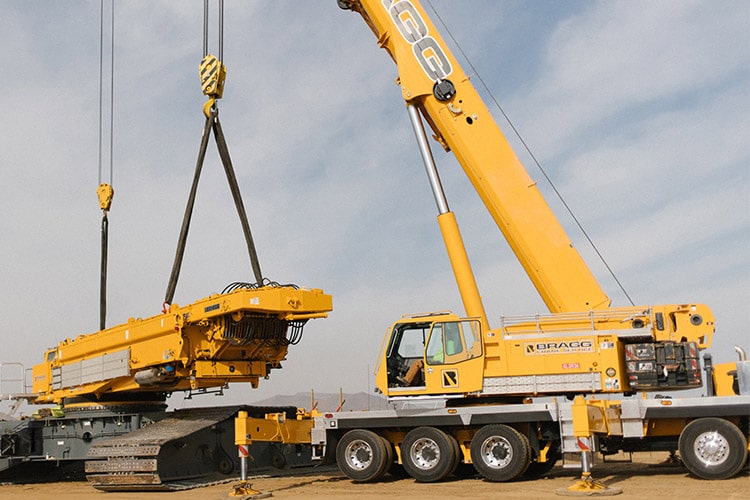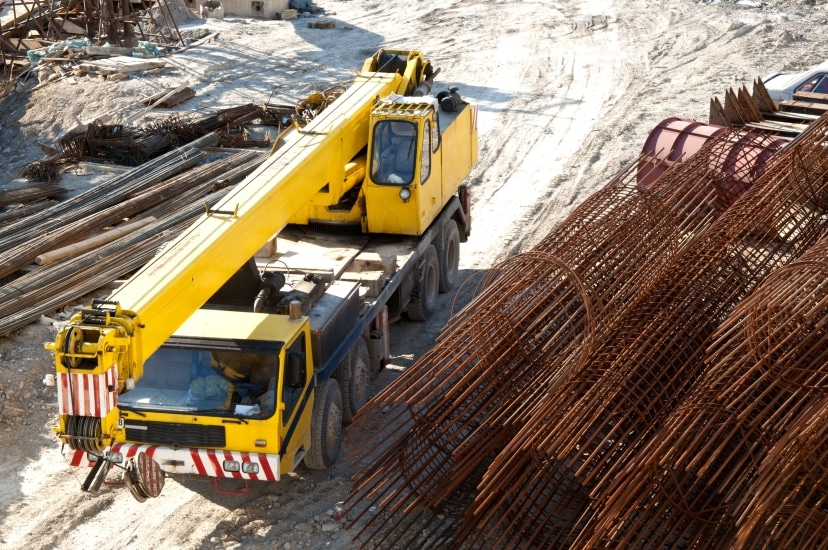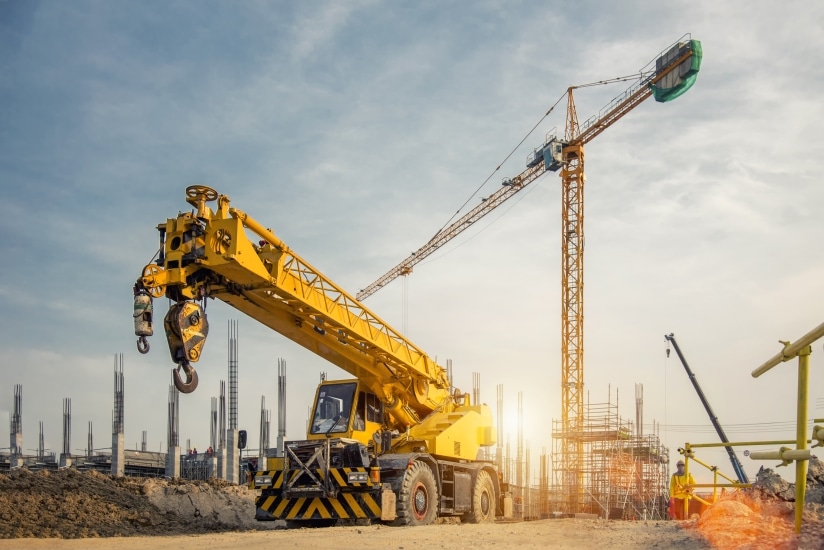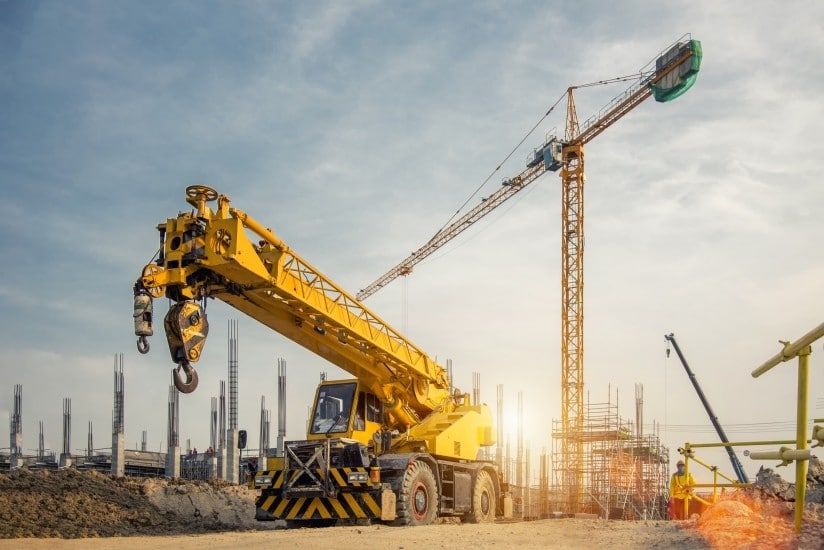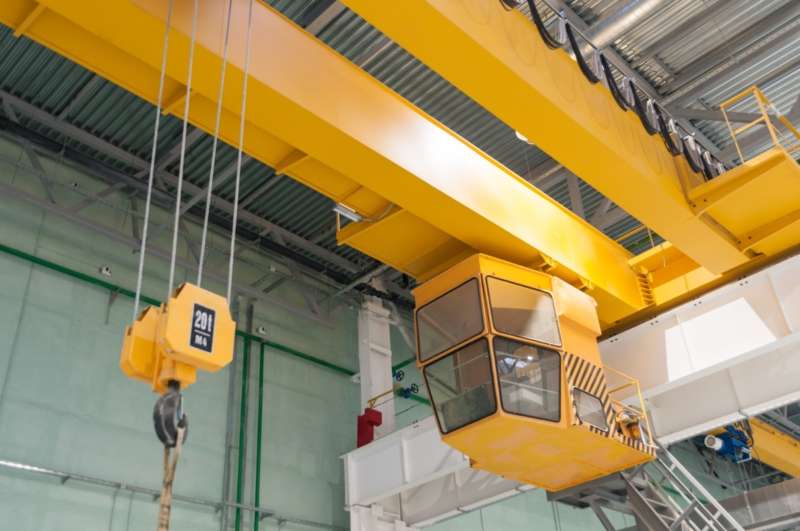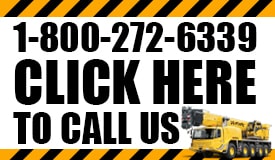Major Crane Hazards and to Avoid Them – Manufacturing and construction industries need overhead cranes to lift and transport essential materials for various applications. Proper installation and usage enable these systems to operate safely and efficiently.
However, improper installation and use may cause accidents resulting in serious injury to life and health. Many accidents involve large lift systems such as tower cranes and mobile cranes. Yet, hazards exist in all types of cranes – including overhead cranes – and all aspects of crane operation.
These dangers are also preventable if we take appropriate precautions to avoid them. Let us look into some major hazards and how to avoid them.
Top 03 Major Crane Hazards and to Avoid Them
1. Putting Too Much Load
Cranes of all types have a maximum load capacity they can handle. In some cases, it will vary depending on how far the crane reaches, what the foundation is on, and things like that. According to OSHA, 80% of all crane accidents and failures are caused by exceeding the crane’s rated capacity.
It can cause significant damage to the crane, can reduce its structural integrity, and often lead to complete failure. It could also cause the crane to tip over, the load to swing too much, or other problems. Therefore, it is never safe to exceed the maximum load limit, even a little bit.
It is important to ensure that the operating personnel has the necessary training and experience. Training in safe lifting methods is essential, and it is the supervisor’s job to ensure everything is done correctly.
The crane itself should also be checked from time to time. Ensure the components are in perfect working condition and monitor the bearing parts.
2. Falling of Objects
The falling of materials is one of the main causes of crane hazards, making it a danger. Whether working with used terrain or mobile rental cranes, loads can easily slip due to improper securing or overloading, causing serious injury or death.
These incidents can occur for reasons such as operator’s incompetence, visual impairment, mechanical failure, improper or insufficient materials equipment, or improperly timed movement of materials.
So, before buying such machinery, it is important to check the load capacity of the used terrain cranes against your load. Ensure that no worn parts or parts need to be replaced to perform regular maintenance. Wearing protective equipment and advising other workers in the vicinity also avoids the risk.
Besides, ensure careful operation of the crane, which is facilitated by employing well-trained and qualified operators.
3. Electrical Dangers
Electrical hazards occur when the crane comes into contact with high voltage power lines or other live wires. If it comes into contact with them, it can cause serious injuries.
To avoid this, use safe speeds when working near power lines, as this allows to identify the lines beforehand. In addition, ensure that all cranes for sale should have the correct electrical wiring.
Conclusion
Cranes help us to get the big jobs done. But a little mistake can risk your safety.
However, crane hazards are preventable if we take appropriate precautions to avoid them. Safety is the key when operating them, so make sure your equipment is in perfect condition.

